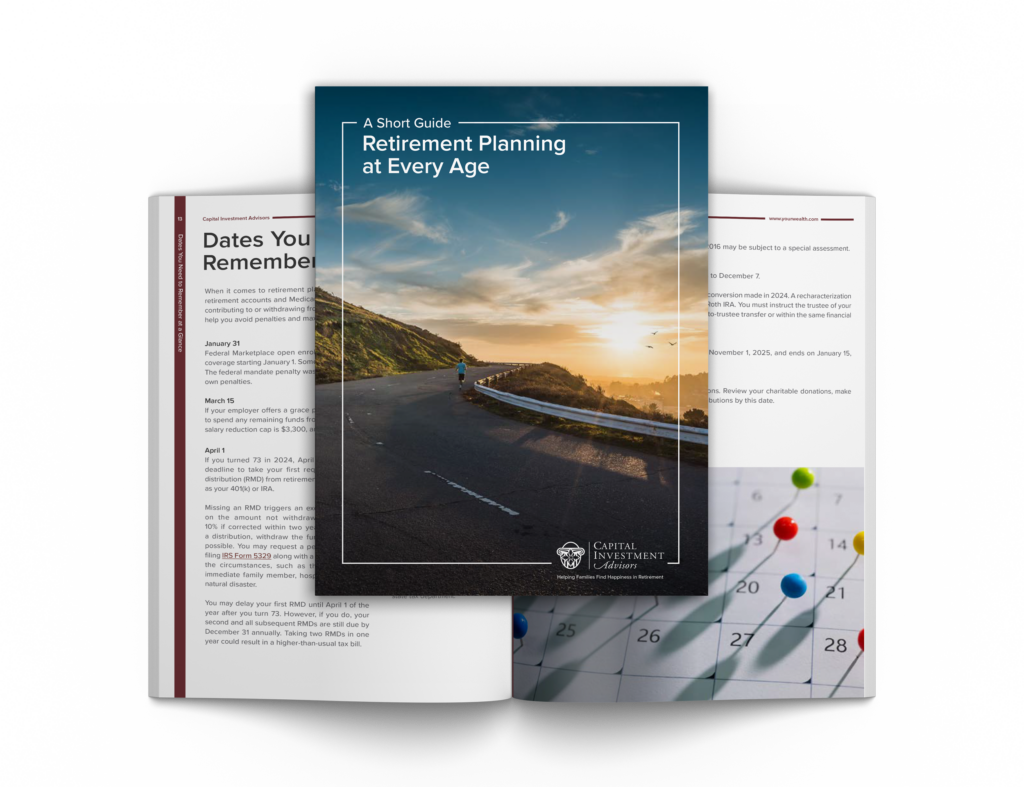There are myriad philosophies on how to achieve financial stability and ensure a happy retirement. Some are more complex than others, and most have their merits. But all these strategies are based on the same assumption — that you are living within (or below) your means. This is the crux of wealth building.
Imagine you are hiking a beautiful mountain pass. Your destination is just a little way up the path. Here’s the thing, though — as you walk, you keep picking up rocks. Some are big and some are small, but you can’t stop loading your pack with rocks. They’re slowing down your progress. You have two choices — let go of the rocks or slow your pace. What do you do?
This is exactly what can happen on the path to retirement if we live beyond our means. The rocks are spending and debt, and if we saddle ourselves with enough of them, we might not get to our financial finish line until much later than initially planned — if ever.
I’ve developed a quick and easy way for people to determine if they are carrying too many financial rocks. I call it “The Rich Ratio.”
The Rich Ratio is a straightforward way to measure the amount of money you have in relation to the amount of money you need.
This system works regardless of your income level. A Rich Ratio greater than 1 is fantastic. A Rich Ratio under 1 means there is room for improvement. Let’s say you generate $8,000 per month (after taxes) and you only need $4,000 to meet your obligations, giving you a Rich Ratio of 2. You’re rich! If your monthly income is $1 million but your spending needs are $2 million (Rich Ratio 0.5), then I’m sorry to report that you’re poor.
Here’s how to determine your Rich Ratio:
First, calculate your total monthly income. If you’re still working and looking for the ratio you’ll likely have during retirement, then use projected values. Remember to consider all possible retirement income streams: paychecks from part-time work, Social Security and/or pension benefits, rental income, miscellaneous sources and, of course, the amount your investments should produce. Also, make sure to adjust this number for taxes, so you have a “net income” number to work with.
Now that you have an income figure, it’s time to calculate your needs. To do this, simply use your projected monthly retirement budget. With these two numbers, our equation looks like this:
Have/Need = Rich Ratio
For the more visual-thinking folks out there, why we want a ratio of 1 or more may be clearer now. The reason is that we want what we have to be greater than what we need.
Let’s walk through a couple of examples to further illustrate the Rich Ratio and talk about two retirees, Tom and Catherine.
Tom has his pilot’s license and has a penchant for travel. He is expecting to spend $10,000 per month to support his jet-setting lifestyle during retirement. He is age 65 and is receiving Social Security (“SS”) benefits ($2,000 per month) plus a modest pension from his early working days in medical device sales ($1,000 per month). Tom has also saved $1,000,000 in his 401(k).
Tom’s “Have” = $2,000 SS + $1,000 pension + $3,333 [4% of his 401(k) on a monthly basis] = $6,333
Tom’s “Need” = $10,000
Tom’s Rich Ratio = $6,333/$10,000 = 0.63
While Tom might be a millionaire, considering his Rich Ratio is below 1, I wouldn’t consider him to be “rich” at all.
Now let’s take a look at Catherine’s situation. She needs just $3,500 per month to live her vision of the good life. Her house is paid off and she has very little debt. Once she retires, Catherine will receive $1,700 in SS benefits and $1,500 from her pension. She has also stashed away $400,000 in her 401(k).
Catherine’s “Have” = $1,700 SS + $1,500 pension + $1,333 [4% of her 401(k) on a monthly basis] = $4,533
Catherine’s “Need” = $3,500
Catherine’s Rich Ratio = $4,533/$3,500 = 1.30
Catherine’s “have” number is a lot lower than Tom’s, but so is her “need,” resulting in a much better Rich Ratio of 1.30. So, even though Catherine has a smaller net worth (and less in retirement savings) than Tom, she is still much “richer” than Tom. Catherine is on a road to a secure retirement, while Tom still has some work to do. He needs to reduce his planned retirement spending and/or boost his post-career income. A part-time job with an airline might earn Tom extra money and discounts on travel.
The simplest tools are often the most useful. That’s true of the Rich Ratio. I think of it as a compass. Consult your Rich Ratio often (and honestly) and you will have a much better chance of staying on the path to financial security and the retirement of your dreams.
Read the original AJC article here.
DISCLOSURE
This information is provided to you as a resource for informational purposes only. It is being presented without consideration of the investment objectives, risk tolerance or financial circumstances of any specific investor and might not be suitable for all investors. Past performance is not indicative of future results. Investing involves risk including the possible loss of principal. This information is not intended to, and should not, form a primary basis for any investment decision that you may make. Always consult your own legal, tax or investment advisor before making any investment/tax/estate/financial planning considerations or decisions.










